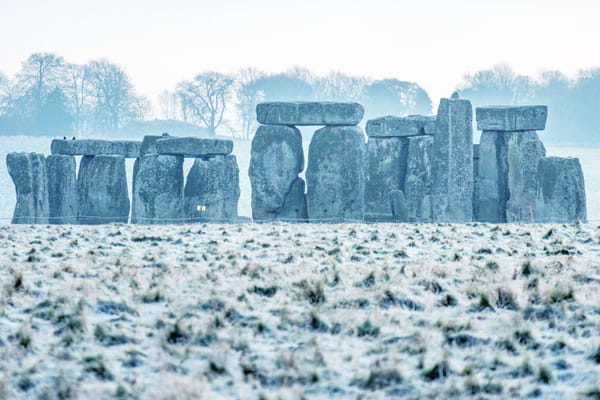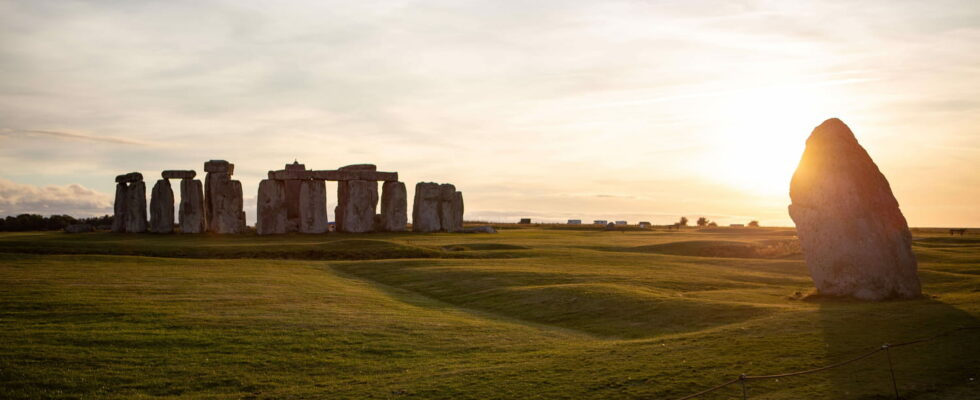A fascinating event that occurs every 18 years could lift the veil on the links between Stonehenge and the moon.
Stonehenge never ceases to intrigue archaeologists. This monument made up of sandstone monoliths installed in the middle of a plain in Wiltshire in England has been a UNESCO World Heritage Site since 1986. It is today one of the most famous and most visited monuments in the United Kingdom. And for decades, this monument has fascinated specialists, particularly regarding its function, its origin and even its builders.
And obviously, Stonehenge has not yet revealed all its secrets. Indeed, a rare lunar event could shed light on the links of this mythical place with the moon. A “major lunar shutdown”, which occurs approximately every 18.6 years, when sunrise and sunset reach their farthest points along the horizon is expected to occur in 2025. An exceptional event that could give giving archaeologists and astronomers a chance to explore the veracity of the theories surrounding this place. Some experts believe that “the people who built the monument were aware of the arrival of a major shutdown of the moon in the future and could have buried their dead in a very specific area of the site because of its relationship with the stars ” can we read in the columns of the Guardian.

The British newspaper specifies that four stones forming a rectangle (two of which are still standing) could have been positioned in this way to mark the major stoppage of the moon. After a year, on either side of this famous major lunar shutdown, the moon can be seen rising, which would provide a window of opportunity to carry out studies at the site. English Heritage, an independent public body responsible for managing England’s historic heritage, plans in 2025 to broadcast live the rising of the moon furthest south and then to organize conferences, a giant planetarium, or even presentation sessions. stargazing on site.
For his part, archaeoastronomy professor Clive Ruggles wonders “if there are physical links between the monument and the moon”. On the other hand, he claims that “the stones align with the extreme positions of the moon, and researchers have debated for years whether this was deliberate and – if so – how it was achieved and what would have been could have been his objective. And according to him, it would not be surprising if ancient people paid attention to the moon in this place. “At the time of a major shutdown, people noticed the moon rising or setting unusually far to the north or south and realized it was something special,” he continues.
This opportunity could allow specialists “to delve deeper into the ancient mysteries of the monument and its relationship with celestial phenomena” specifies Jennifer Wexler, Stonehenge historian for English Heritage. “I think this will really surprise people,” she concludes. However, the operation will not be as simple as it seems. This connection between the monument and the moon “requires specific timing and weather conditions” specifies Amanda Chadburn, archaeologist and member of Kellogg College at the University of Oxford. So, see you in 2025 for the first answers.
